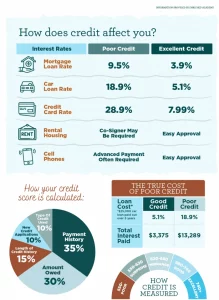Have you found your dream home and can’t wait to check it out in person? Here are a few important things to look for when you go for a home tour.
- Odor: Unusual smells can indicate problems such as mold or mildew issues.
- Plumbing and Electrical: Check water pressure and electrical systems to ensure there is no erosion or exposed wires. You should also check for a properly functioning HVAC system, sealed water heater, etc.
- Noise: This can often be overlooked. Pay attention to any noises in the house, as well as the street and neighbourhood.
- Home Layout: Does the layout and function of the home suit your needs?
- Number of Rooms: Does the property have enough bathrooms and bedrooms?
- Wall and Flooring Condition: What is the condition of the walls and floors? Defects such as warping, cracks, watermarks, etc, can be indicative of larger issues.
- Additions or Updates: On occasion, you may go to view a home that was listed as having 2 bedrooms and 1 bathroom, only to find that it actually has an extra bathroom. As great as this might be for your needs, you’ll want to double-check that permits were pulled with the city. Construction done without permits can create issues when it comes to insurance coverage and potential structural headaches if not done professionally.
Remember, things like furniture, decor, wall or floor treatments, and fixtures can be easily updated. These are things that can be changed if the rest of the home suits your needs!
In addition to the above items, there are also a few specific questions you should be asking your realtor. These include:
- Is there a deadline for offers?
- Have any offers been made?
- Why are the sellers moving?
- What are the sellers’ preferred possession and completion dates?
- Do they have any concerns with the property?
It is important that you work with a professional to ensure that they guide you through the home buying process and find answers to all of the questions above. If you do not have a realtor that you are currently working with, we would be happy to refer you to someone in your area.
As always, we are here if you have any questions. Please reach out to us here or by calling 604-552-6190 or emailing support@primexmortgages.com.



